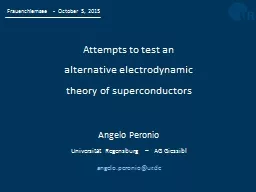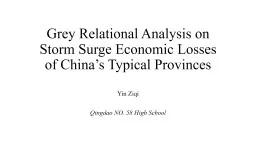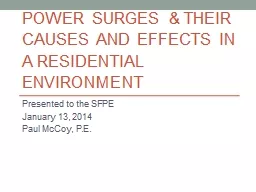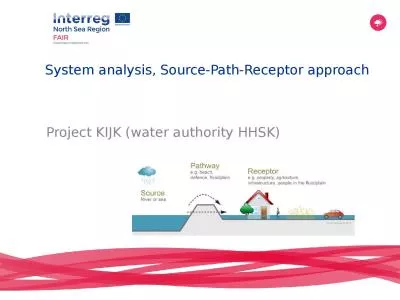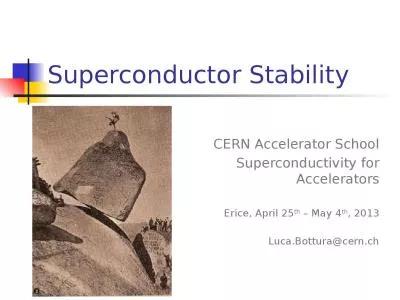PPT-Surge current protection using superconductor
Author : natalia-silvester | Published Date : 2017-05-13
Made by Abhishek Walter Paul 11104EN072 INTRODUCTION Modern power system are growing fast with more generators transformers and large network in the system whenever
Presentation Embed Code
Download Presentation
Download Presentation The PPT/PDF document "Surge current protection using supercond..." is the property of its rightful owner. Permission is granted to download and print the materials on this website for personal, non-commercial use only, and to display it on your personal computer provided you do not modify the materials and that you retain all copyright notices contained in the materials. By downloading content from our website, you accept the terms of this agreement.
Surge current protection using superconductor: Transcript
Download Rules Of Document
"Surge current protection using superconductor"The content belongs to its owner. You may download and print it for personal use, without modification, and keep all copyright notices. By downloading, you agree to these terms.
Related Documents





